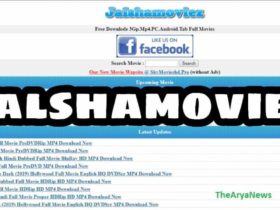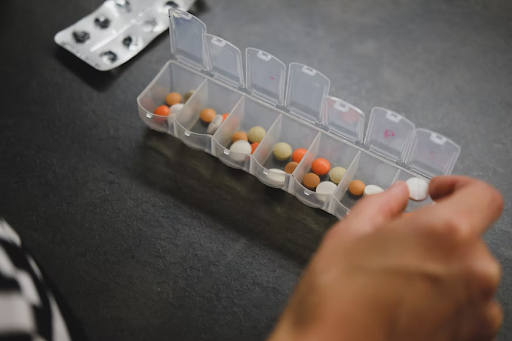With patent bluffs, rivalry from generics to battle with, and mounting tension from medical services players, insurance agencies and states to give essential items at reasonable expenses – the drug business might be in for a few difficult stretches ahead.
The cutthroat scene of the US$300 billion drug industry is evolving quickly, with concentration slowly moving from drug research organizations to conventional drug organizations.
The drug business can be bifurcated into research organizations and conventional drug organizations. The business is vigorously slanted for market drug producers – basically situated in Europe and the US – that control more than 33% of the market.
Be that as it may, patent expiries and loss of market restrictiveness have uncovered these drug goliaths to a patent precipice (2011-16), wherein they remain to lose incomes worth billions of dollars. Marked drug deals worth US$54.7 billion lost patent assurance in 2012 *.
A second patent precipice was probably going to continue in 2015, bringing about an expected deficiency of US$47.5 billion, the genuine degree of which actually is not yet clear.
Drugstore majors are confronting high vulnerability as far as future income streams, taking into account that rising rivalry, patent expiries and declining deals are mounting strain on them to foster blockbuster drugs.
Research organizations cause steep Research and development expenses and depend on patent restraining infrastructures to recuperate costs. On expiry, a patent is delivered inconsequential and the connected plan turns into a public property. Gaining from this open door, the makers of conventional drugs forcefully send off their items for a portion of the cost of think-tanks’ drugs ch alpha, seizing practically 90% of the income produced by research organizations from those drugs.
The exploration drug industry is administered by a bunch of severe guidelines on approval and promotion.
Endorsements for new drugs involve long lead times, and Research and development exercises on new drugs have a helpless achievement rate. These elements make it hard for organizations to foster a drug that would turn out to be financially reasonable in a limited capacity to focus time and supplant drugs that have terminated licenses. For each drug that hits the market, there are somewhere around 10 others that don’t see a business send off. In addition, deals of a solitary new drug may not make up for the misfortune caused on drugs with lapsed licenses.
Organizations face extraordinary contests and difficulties while sending off new drugs and items on the lookout. Albeit the item pipelines for specialty infections and oncology have seen extensive improvement, the drug business’ result level has stayed stable in the previous ten years. Hence, organizations should accept mechanical advancement to support usefulness.
Research organizations face extra difficulties because of estimating strain from medical care players, insurance agencies and states, which continually look for new treatments that are clinically and financially better than the current other options. This has constrained think-tanks to rethink their present working models. A few organizations are thinking about inorganic development techniques, subsequently making ready for a progression of authorizing and obtaining bargains. For example, under the Novartis-Glaxo SmithKline (GSK) bargain, Novartis purchased GSK’s malignant growth drugs and GSK assumed control over Novartis’ antibody business. The commonly helpful arrangement permitted the organizations to expand their specialization in oncology and vaccination, individually.
Drug research organizations have entered a strange domain, and it is not yet clear whether these organizations perform or die.
Indeed, even as think-tanks reel under the impacts of drying income streams, the standpoint for nonexclusive producers shows up splendidly, as their cheaper options are sought after. Buyers, insurance agencies and states are pushing the nonexclusive drug industry. For example, the UK has ruled against purchasing GSK’s Benlysta for lupus, saying the drug isn’t savvy.
The conventional drug industry assumes a significant part in keeping up with the maintainability of reasonable medical services programs Pharmacy Delivery Dubai. As indicated by a report distributed in 2015 by the Nonexclusive Drug Affiliation, the utilization of conventional drugs assisted the US economy with accomplishing US$254 billion in medical care reserve funds in 2014. We can securely induce that such expense reserve funds would just expand later on.
The standpoint for the business seems positive.
Factors, for example, maturing socioeconomics and developing utilization of nonexclusive drugs can possibly draw in long haul financial backers. What’s more, developing business sectors are relied upon to represent a sizable portion of worldwide clinical spend before very long.















